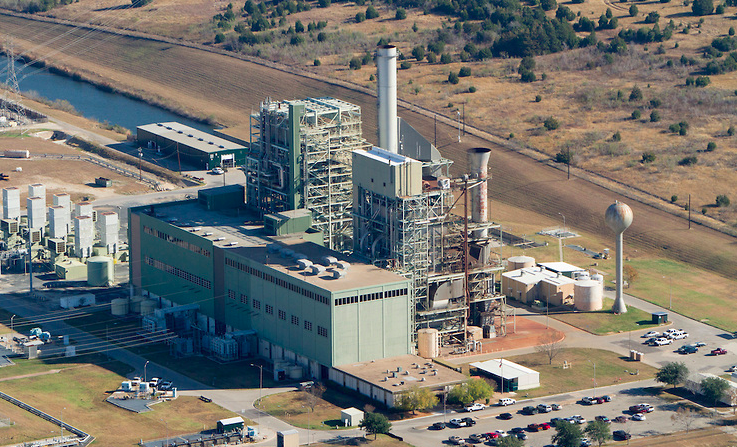Guest Post – from Al Braden
Al Braden is a longtime climate activist and energy policy wonk located here in Austin. In recent posts, he’s taken readers behind the scenes into the negotiations behind the future of energy generation in Austin. At stake is a big decision that Austin City Council and Austin Energy must soon make – whether or not to build a new natural gas-fired power plant in the city (as opposed to building out additional renewable energy resources).
A study released in November by the local consulting firm, Navigant, concluded that while solar and wind prices are actually similar to the cost of a new gas plant, building a new gas plant is the safer bet. That’s because of a natural gas plant’s ability to mitigate costly transmission congestion, which can occur when a lot of Austin’s energy is generated outside of the Austin area. (If built, the new gas plant would likely be located in Austin, whereas solar and wind power tend to come from west Texas). However, questions have since been raised over the methodology and reliability of the Navigant study, questions that Al continues to raise by looking at additional energy studies in the following post:
International financial advisor Lazard detailed energy generation costs in the U.S. market in a clear and concise report released late November. These charts are a great resource for evaluating and validating just the kind of numbers that we have been working with in the Austin Energy Generation Plan and Navigant study of the proposed gas plant. It is interesting here to get a credible, current look at pricing in the U.S. electric market, beyond the numbers put forth by all the local participants. It’s like getting a free second opinion!
Some interesting numbers:
- Prices on page 2 shows that utility solar ($43 MWH) and wind ($32 MWH) are beating combined cycle gas ($52 MWH) without subsidies and doing even better (page 4)with the Investment Tax Credit (ITC) factored in. The ITC was just recently extended for 5 years in the congressional budget bill. This improves the outlook for solar and wind over what was projected in the Navigant report.

- Page 2 also shows that the best value is Energy Efficiency (EE) or conservation measures. EE (shown at $0 to $50 MWH) is constantly put forward in Austin as a valuable part of our energy mix.
- Page 7 shows energy prices in the 10 largest metro areas – which clearly shows the low energy prices in ERCOT compared to the rest of the country.

- The advantage of utility solar over gas or diesel peakers (pg. 8) opens the possibility that utility solar + storage can now begin to compete in that market and remove the last big impediment in our work toward 100 percent renewable energy by 2030.

- Graphs on declining costs of wind and solar are shown on page 10. These will continue to decline – and with the continuation of the ITC – will continue to undercut the price fossil fuels.

- Importantly, the report wraps up with tables showing the assumptions in the analysis – just the kind of background that we have asked of AE in their presentations. Score a big one for Lazard!
Austin Energy (AE), City Council and engaged citizens spent much of 2015 on these same energy generation topics, including declining solar prices and the Navigant study of the economics of a gas plant. The low costs for solar motivated commitments for 450 MW solar in 2016 and plans for an additional 150 MW by 2019 to be built by AE under the assumption that the Investment Tax Credit (ITC) would expire. For the record, departing AE General Manager Larry Weis said he expected the ITC to be extended by Congress. I, among others, did not expect that. Score one for Larry and Nancy Pelosi! With the ITC extended, we will have to revisit that buy/build decision and see if it is preferable in the near term to commit to additional solar purchase power agreements instead. Lazard’s report gives us a credible outside source to evaluate all these renewable energy opportunities.







